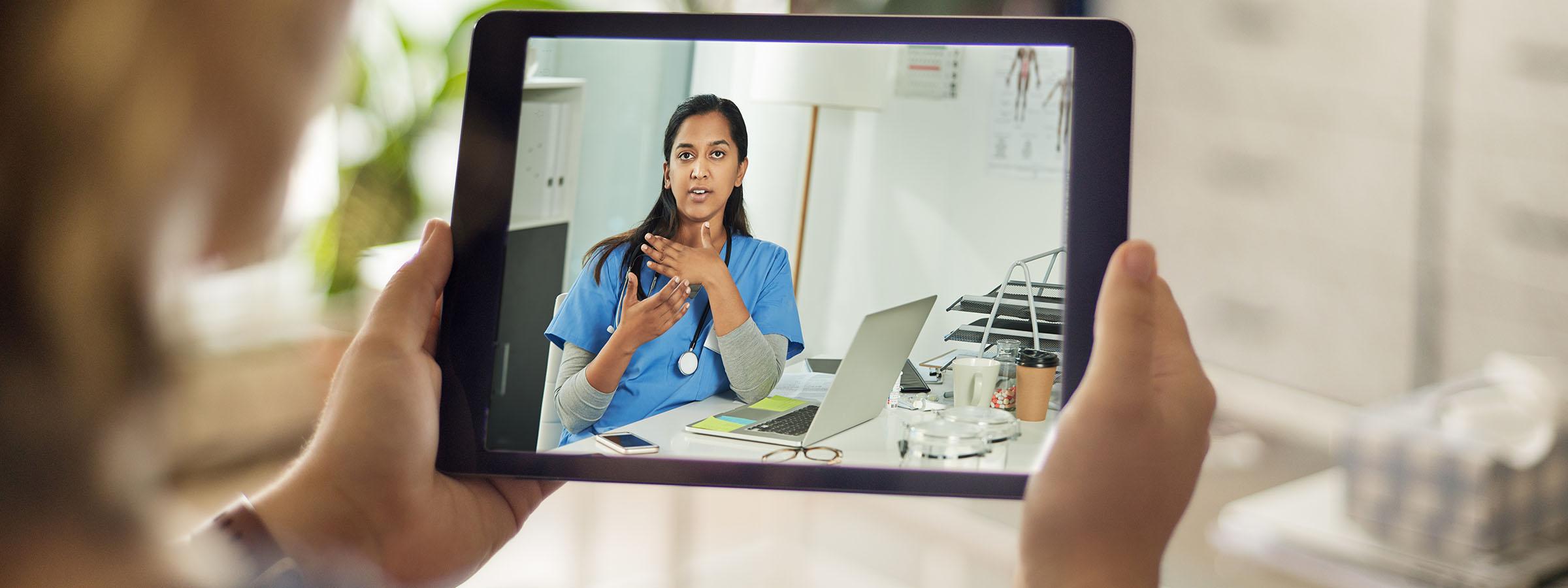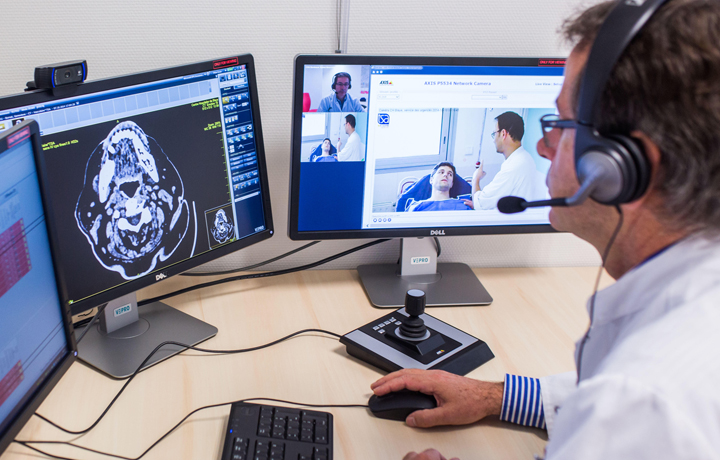Article
As market forces converge, telehealth takes hold
By Rod Moore | January 22, 2019

Is 2019 shaping up to be the year telehealth finally becomes mainstream? As the Magic 8 Ball used to say, “Signs point to yes."
First and foremost, CMS is proposing changes in 2019 to allow reimbursement for primary clinicians and clinical liaisons who add telemedicine to their workflow. And states are also relaxing their rules for telehealth, with most now offering some coverage through Medicaid.
At the same time, the consumer landscape for telemedicine is heating up. With direct-to-consumer telehealth services threatening to siphon off patients, practices are under pressure to step up their game and deliver the easy access that tech-savvy patients expect.
“If you look at the evolution of care, you're looking at medi-clinics, pharmacies, and folks like that taking medicine into the context of retail," says John Nosta, a member of the Google Health Advisory Board and founder of NostaLab, a healthcare innovation think tank. Given that burgeoning competition for patients, “physicians might want to consider the evolution of their practice to create a telemedicine component," says Nosta.
The American Hospital Association defines telehealth as “connect[ing] patients to vital health care services though videoconferencing, remote monitoring, electronic consults and wireless communications." According to the organization's research briefs, there is a growing body of evidence showing telehealth's potential to expand patients' access to services and remove potential barriers to care.
Telehealth today is really about virtual health, how we can bridge the geographic barriers of healthcare
Allen Gee, M.D., would urge physicians to think broadly as they begin to assess their options. “Telehealth today is really about virtual health, about how we can use technology in multiple ways to bridge the geographic barriers of healthcare," says Gee.
As a neurologist at Frontier Neurosciences, with offices in and around rural Cody, Wyoming, Gee was a pioneer in technology adoption, creating a virtual practice that eliminates geographical barriers to stay connected with his patients – and remains an unabashed fan of the technology.
“A lot of the benefit I see with virtual medicine lies in information. Specialties that rely heavily on data or information – like neurology – are amenable to using virtual care. It is more challenging when you have to lay on hands to make a diagnosis or to effect the treatment."
Giving patients what they want
That said, even hands-on specialties like primary care are ripe for a telehealth disruption, says Lyle Berkowitz, M.D. “We need to shift most primary care online and use offices for the complex, difficult patients that deserve to be there," Berkowitz says. “We have created healthcare around the doctor for far too long. It needs to come back to being around the patient."
To be sure, Berkowitz is not an unbiased observer. He's chief medical officer at national telehealth network MDLive, one of many players, including Teladoc, American Well, AT&T, CHI Health, and United HealthCare Services, making a play in the telehealth services space.
That said, Berkowitz is not above urging practices to go it alone, or consider a mix of in-house and contracted telehealth services.
Practices who partner with telehealth service providers such as MDLive could offer after-hours access to care as a backup, with such patient interactions subsequently shared back with the practice.
As they work out the basic economics of telehealth for their patients, smaller group practices should ask themselves a key question, Berkowitz says: “How much virtual care do you want to deliver versus how much do you want to outsource?" he says. “The answer might be 'maybe a little of both,' but I would make sure they do the analysis and understand why, what, and how they want to use telehealth."
Convenience is key
The good news is, technological advances continue to make telemedicine ever-more accessible, even for solo practitioners, though integration with EHRs and outsourced partners remains a mountain to be climbed, market watchers say.
One Medical, a national chain of membership-based primary care clinics serving patients in eight metropolitan markets, has integrated patient-video chat into its EHR via its award-winning app.
“It's a no-brainer that you have to make telehealth accessible, but it must be an integrated experience — it cannot be isolated," says Wesley Donohoe, vice president of product at One Medical. “When building out our telehealth services, we were very aligned on what would have the biggest impact on [patient] and provider experience. We're increasing access for patients and driving down response times."
Berkowitz believes the disruption to primary care has already started, and telehealth's convenience factor is a large part of why demand is growing.
“This is complete disruption of what we know of primary care today, which is an office-based approach that's inelegant and inefficient," Berkowitz says. “Patients understand the difference between a situation where they need to actually see their doctor versus a routine, repeatable event for which they just want convenient care."
Additional reporting by contributing editor Lia Novotny.
Rod Moore is a medical writer and ghostwriter in Nashville. Follow him on Twitter @rodwrites.







